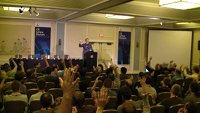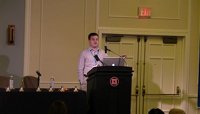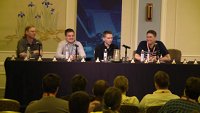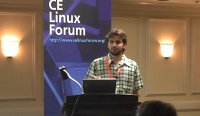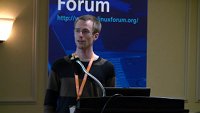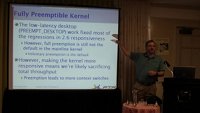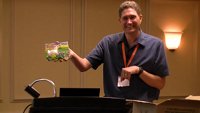The first day of the Embedded Linux Conference started on Wednesday here at Redwood City, California.
The day started with the usual Kernel Report from Jonathan Corbet. It was, as usual with Corbet’s talk, a very interesting summary of what happened in the kernel through the last year, with highlights of the major new features per release, thoughts about issues like the kernel.org security problem and subsequent outage, etc.
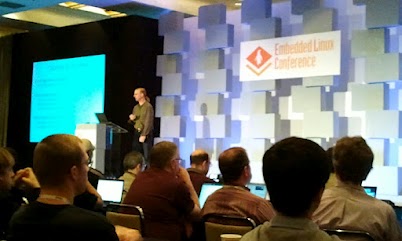
After this talk, Grégory went to the Saving the Power Consumption of the Unused Memory talk, given by Loïc Pallardy, who works for ST Ericson in France. The purpose of the talk was to detail the kernel modifications they made to support the fact of powering down portions of the memory that are unused. In fact, DDR memories these days are capable of powering off some their areas, which allows to save power. Of course, when an area of the memory is powered off, its contents are lost, so the kernel needs to ensure that nothing valuable remained on this area of memory. Their kernel modifications allow to describe how the memory is organised (which address ranges are available and can be powered down independently) and introduce some kernel memory allocator changes to reference count those banks of memory. Of course, the next problem is that physical memory is usually highly fragmented, so they detailed how they re-used some of the existing kernel mechanisms to group unmovable pages on one side and movable pages on the other side and that allow to defragment the movable pages. This topic has been worked on since quite a long time in the kernel, as can be found in this LWN article from 2006.
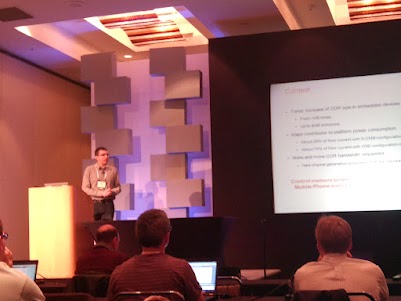
On my side, I attended the What Android and Embedded Linux Can Learn From Each Other talk. The speaker detailed many of the Android kernel additions and how they could, theoretically, be re-used in non-Android embedded Linux systems. Things like re-using the Binder inter-process communication mechanism, or simple things like the RAM-based Logger mechanism. Unfortunately, none of the speaker’s suggestions were backed by any sort of real experimentation, so those suggestions were mostly speculations. For example, he suggested the possibility of re-using the Android graphics stack on a non-Android system, but most likely this is a very difficult task to achieve and not necessarily worth the effort. At the end of the talk, the speaker suggested that the embedded Linux community and the Android community should talk more to each other, but looking at how Google is driving Android development, it is difficult to see this happening in the near future.
Then, the talk from Hisao Munakata about Close Encounters of the Upstream Resource was an interesting and good summary of the tensions that exist within embedded companies between the product teams (who have deadlines and need the product to work, and don’t want to worry about upstreaming things) and the community teams (who are in relation with the community and try to upstream modifications). He had really nice slides to show the multiple issues that a company faces when it produces major modifications to open-source components such as the Linux kernel, without any effort to upstream them. But he also said that things are improving, and that with Android using fairly recent kernel versions, the embedded Linux system makers are now much closer to mainline versions, which helps in getting changes merged in the official Linux kernel. He advocated that embedded Linux developers should be proficient with git, because it allows to easily track the modifications, find out whether bugs have been fixed in later versions of the Linux kernel, etc. He also quickly presented LTSI, an initiative that offers long-term support around the Linux kernel. He presented it as the way of solving the fragmentation between the vendor BSPs kernel versions, the Android versions, and all other kernel versions that are floating around. However, how those versions will get merged into the official Linux kernel was not really clear.
In the afternoon, Grégory went to the talk Comparing Power Saving Techniques For Multicore ARM Platforms, presented by Vincent Guittot was an other talk presented by a French guy from ST Ericsson. As the one Grégory saw in the morning about power management of memories, this one was also very instructive, well documented and the speaker seemed to really know his topic. He worked the right way on Linux: only very minimal changes inside the kernel, tried to reuse the existing components, provided a git tree available and proposed some improvements on the mailing lists: good job!
Grégory also attended the traditional talk from Tim Bird entitled Status of Embedded Linux. Very pleasant talk (as usual with Tim Bird). It was a very good overview of the state of embedded Linux. If you want to start working on embedded Linux this talk is a must see. Moreover Tim mentioned the valuable work done by Bootlin by recording and sharing the conferences for many years!
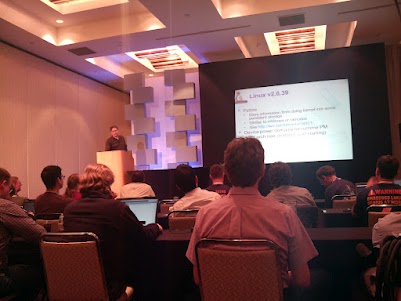
Later in the day, I attended the talk Passing Time With SPI Framebuffer Driver given by Matt Porter, who now works for Texas Instruments. His talk was feedback from real-life experience developing a driver for a SPI framebuffer controller. Initially, the problem was that a customer had started developing a driver, but that driver violated all the Linux development rules: no usage of the GPIO APIs, no usage of the SPI infrastructure, no usage of the device model, everything was done through a basic character driver directly manipulating the hardware registers. This is something that we also see quite sometimes at Bootlin in the kernel code of some customers: this happens when the code has been written by developers who have only started reading the Linux Devices Driver book, but didn’t go far enough in the Linux code to understand the device model and the principle of code re-usability. So clearly, Matt’s experience resonated with our own experience. So, Matt went on to describe how the driver worked, modifications needed at the board configuration level, the driver itself, its integration in the device model. He also clearly detailed how a SPI framebuffer can work. On a normal framebuffer integrated into the SoC, the framebuffer memory is directly mapped into the application address space so that the application can directly draw pixels on the screen. However, when the framebuffer controller is over SPI, it is clearly not possible to map the framebuffer memory into the application address space. But fortunately, the kernel has a dedicated mechanism for such case: FB deferred I/O. What gets mapped into the application address space is normal kernel memory, but the kernel detects thanks to page faults when a portion of this memory has been changed, and calls the framebuffer driver so that the driver has an opportunity to push these changes over SPI to the framebuffer controller. Of course, this mechanism run at a configurable frequency. The device that was used by Matt Porter was a 1.8 screen available from Ada Fruit, this might also been a good device to use in our future kernel courses, to let participants exercise with driver development.
At the end of the day, I attended the Experiences With Device Tree Support Development For ARM-Based SOC’s by Thomas P. Abraham, from Samsung Electronics, but also from Linaro. It was clearly an excellent presentation about the device tree and how it works. It showed, with lots of code examples, how to compile the device tree source into a device tree blob, how to configure and use U-Boot to get this device tree blob loaded and passed to the kernel, how the board files in the kernel are changed to use the device tree, how device drivers are modified, how the platform data mechanism is changed with the device tree, and more. Definitely a must-see for anyone doing ARM development these days.
My colleague Maxime went to the talk from Paul McKenney about Making RCU Safe For Battery-Powered Devices. Maxime reported that it was an excellent introduction to RCU: Paul introduced very progressively the various issues, so it was possible even for an RCU-newbie to follow that talk. Definitely a presentation I will watch thanks to the video recording!
In the evening, there was the traditional social event of the conference. It took place at the Hiller Aviation Museum, they have lots of strange aircrafts or helicopters, such as a piece of the supersonic Boeing prototype plane, or other bizarre flying devices such as this flying platform.



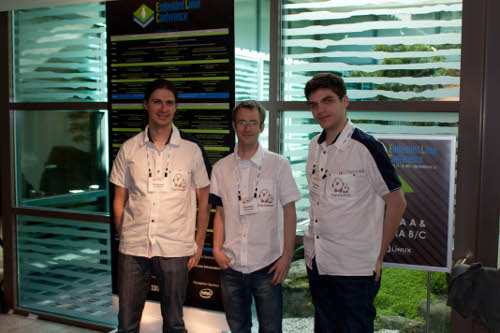
 In agreement with the speakers, these videos are released under the terms of the
In agreement with the speakers, these videos are released under the terms of the 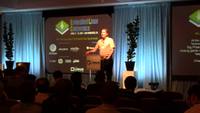
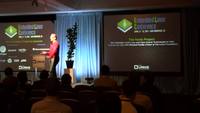

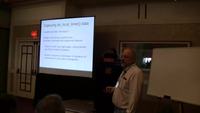
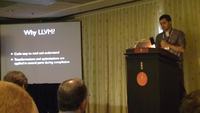
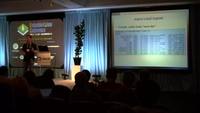
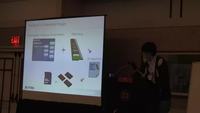

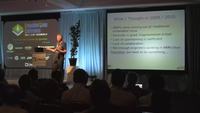


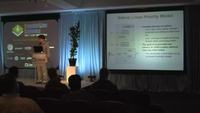
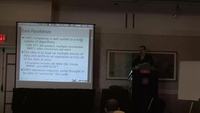
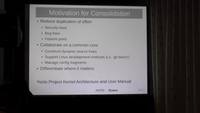
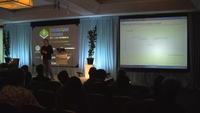
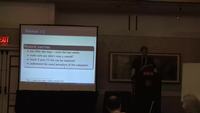


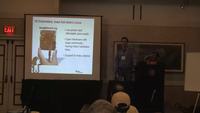
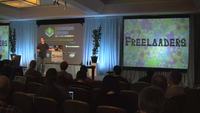
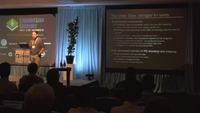
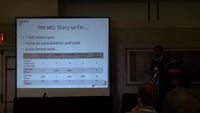
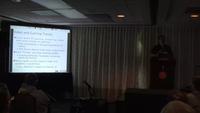

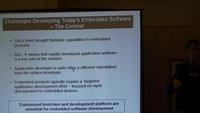
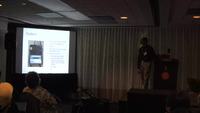
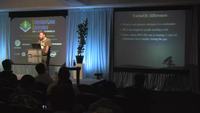
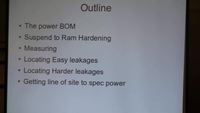
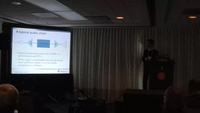
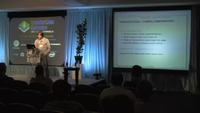
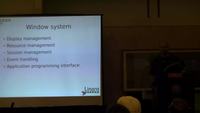
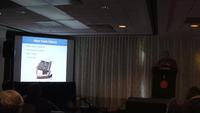
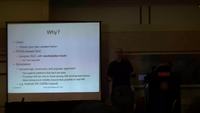
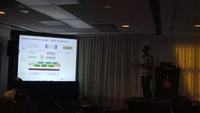
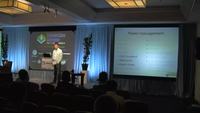
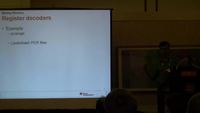
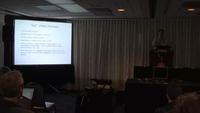
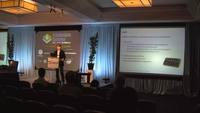

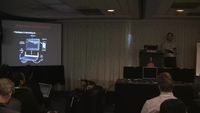
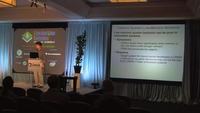
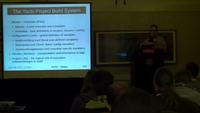
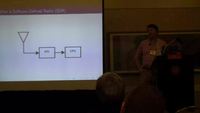
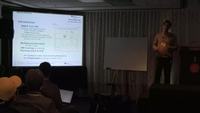
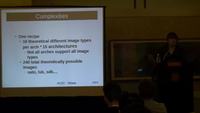
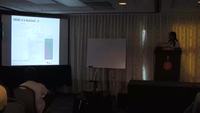
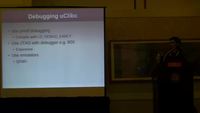
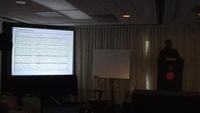

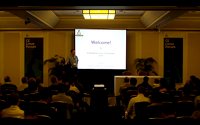
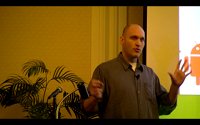
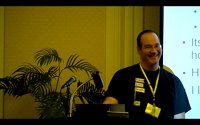
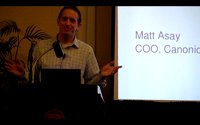
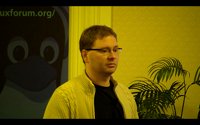
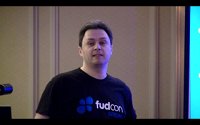
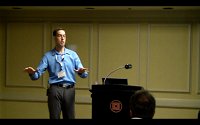
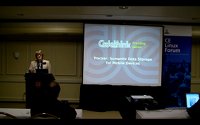

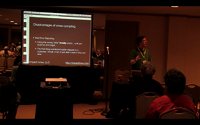
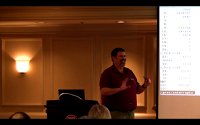
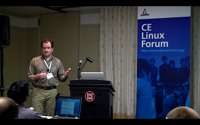
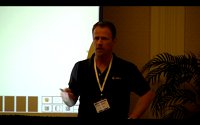
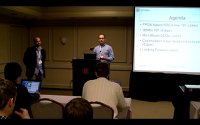
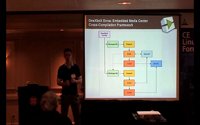
 Just a few weeks before the next edition of the
Just a few weeks before the next edition of the 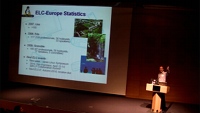
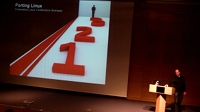
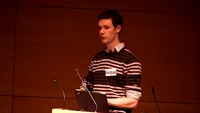
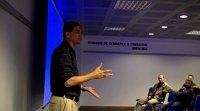
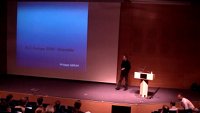
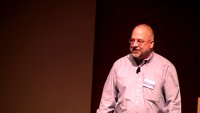
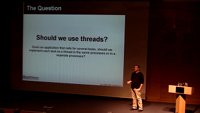

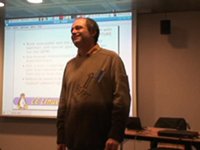
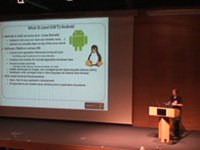


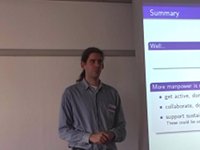
 The
The  The usual tracing-related talks, with Using the LTTng tracer for system-wide performance analysis and debugging by Mathieu Desnoyers and Ftrace – embedded edition, by Steven Rostedt. A talk on debugging Linux toolchain overview with advanced debugging and tracing features, by Dominique Toupin.
The usual tracing-related talks, with Using the LTTng tracer for system-wide performance analysis and debugging by Mathieu Desnoyers and Ftrace – embedded edition, by Steven Rostedt. A talk on debugging Linux toolchain overview with advanced debugging and tracing features, by Dominique Toupin.
 As we
As we 